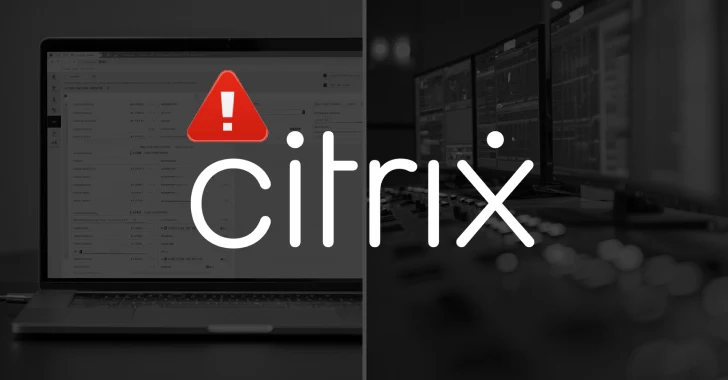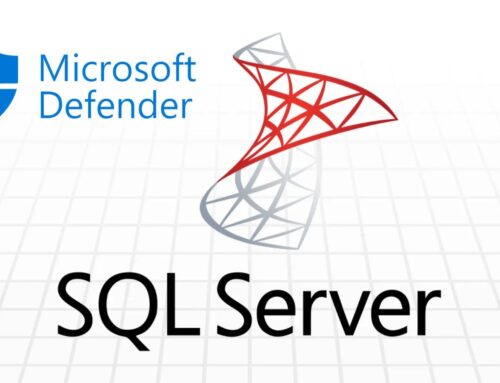
Dutch NCSC Confirms Active Exploitation of Citrix NetScaler CVE-2025-6543 in Critical Sectors
Urgent Warning: Dutch NCSC Confirms Active Exploitation of Citrix NetScaler CVE-2025-6543
A critical new threat has emerged in the cybersecurity landscape, with the Dutch National Cyber Security Centre (NNCSC-NL) issuing an urgent warning regarding the active exploitation of a recently disclosed security flaw affecting Citrix NetScaler ADC products. This vulnerability, identified as CVE-2025-6543, is being actively leveraged by malicious actors to breach critical organizations within the Netherlands.
The NCSC-NL’s discovery of this ongoing exploitation underscores the immediate and severe risk posed by this vulnerability. Organizations relying on Citrix NetScaler ADC should prioritize immediate action to mitigate potential compromise.
Understanding CVE-2025-6543: A Critical NetScaler Vulnerability
While specific technical details of CVE-2025-6543 are still emerging, its classification as a critical flaw affecting Citrix NetScaler ADC products suggests a severe impact, likely allowing for remote code execution, unauthorized access, or bypass of security controls. The explicit confirmation of active exploitation by a national cybersecurity agency elevates this from a theoretical risk to a present and active threat.
Citrix NetScaler ADC (Application Delivery Controller) appliances are widely used to manage network traffic, application delivery, and load balancing, making them prime targets for adversaries seeking to gain a foothold within an organization’s infrastructure or access sensitive data. A vulnerability in such a critical network component can have cascading effects, potentially leading to widespread outages, data breaches, and significant operational disruption.
The Target: Critical Dutch Organizations Under Attack
The NCSC-NL’s bulletin specifically highlights that the observed exploitation of CVE-2025-6543 has targeted “several critical organizations within the Netherlands.” This typically refers to entities across vital sectors such as:
- Healthcare
- Government
- Financial Services
- Energy
- Water Management
- Telecommunications
Attacks on these sectors can have profound national security and economic implications. The NCSC-NL’s ongoing investigations are crucial for understanding the full scope of these intrusions and identifying the actors responsible.
Remediation Actions: Securing Your Citrix NetScaler ADC
Given the confirmed active exploitation of CVE-2025-6543, immediate action is paramount for all organizations utilizing Citrix NetScaler ADC products. Proactive measures can significantly reduce the risk of compromise.
The following steps are critical for mitigation:
- Apply Patches Immediately: Monitor official Citrix channels for security advisories and patch releases for CVE-2025-6543. Prioritize applying these patches to all affected NetScaler ADC instances without delay.
- Network Segmentation and Access Control: Ensure NetScaler ADC appliances are properly segmented on the network and protected by robust access controls. Limit administrative access to trusted sources only.
- Review Logs and Hunt for IOCs: Actively review logs from NetScaler appliances, firewalls, and intrusion detection/prevention systems (IDPS) for any suspicious activity or indicators of compromise (IOCs) related to this vulnerability. Look for unusual login attempts, unexpected file modifications, or outbound connections.
- Isolate and Investigate Compromised Systems: If signs of compromise are detected, immediately isolate the affected NetScaler ADC appliances to prevent further spread and initiate a thorough forensic investigation.
- Implement Multi-Factor Authentication (MFA): Enforce MFA for all administrative access to NetScaler appliances and other critical network infrastructure.
- Regular Security Audits: Conduct regular security audits and vulnerability assessments of your network infrastructure, including all internet-facing devices.
- Strengthen Incident Response Plan: Review and update your incident response plan to ensure it can effectively address a critical vulnerability exploitation scenario.
Tools for Detection and Mitigation
Leveraging appropriate tools is essential for effectively responding to and preventing exploitation of vulnerabilities like CVE-2025-6543.
| Tool Name | Purpose | Link |
|---|---|---|
| Citrix Security Advisories | Official source for vulnerability details and patches from Citrix. | https://support.citrix.com/securitybulletins (General Security Bulletins) |
| Network Intrusion Detection/Prevention Systems (NIDS/NIPS) | Detect and block suspicious network traffic patterns indicative of exploitation attempts. | (Vendor Specific – e.g., Snort, Suricata, commercial NIPS) |
| Security Information and Event Management (SIEM) | Centralized log collection and analysis for anomaly detection and threat hunting. | (Vendor Specific – e.g., Splunk, QRadar, Elastic Stack) |
| Vulnerability Scanners | Identify unpatched systems and misconfigurations on your network. | (e.g., Nessus, Qualys, OpenVAS) |
| Forensics Tools | Used for in-depth investigation of compromised systems. | (e.g., Volatility, Autopsy, Sleuth Kit) |
Conclusion: Stay Vigilant and Act Decisively
The confirmation of active exploitation of CVE-2025-6543 by the Dutch NCSC-NL serves as a stark reminder of the persistent and evolving threat landscape. Organizations must remain vigilant, prioritize security patching, and maintain robust incident response capabilities. The integrity and availability of critical infrastructure depend on immediate and decisive action against such high-impact vulnerabilities. Stay informed through official channels and apply all necessary security updates without delay.





